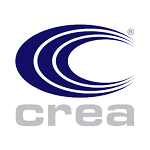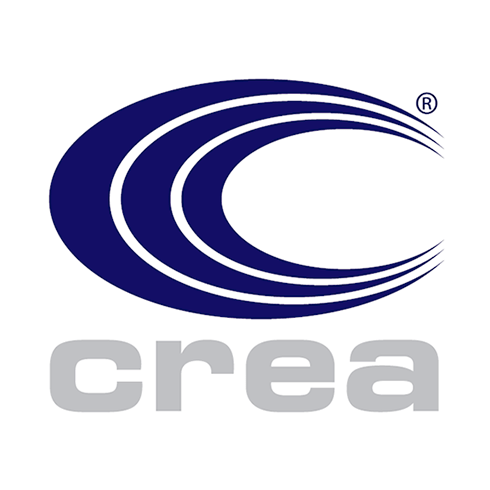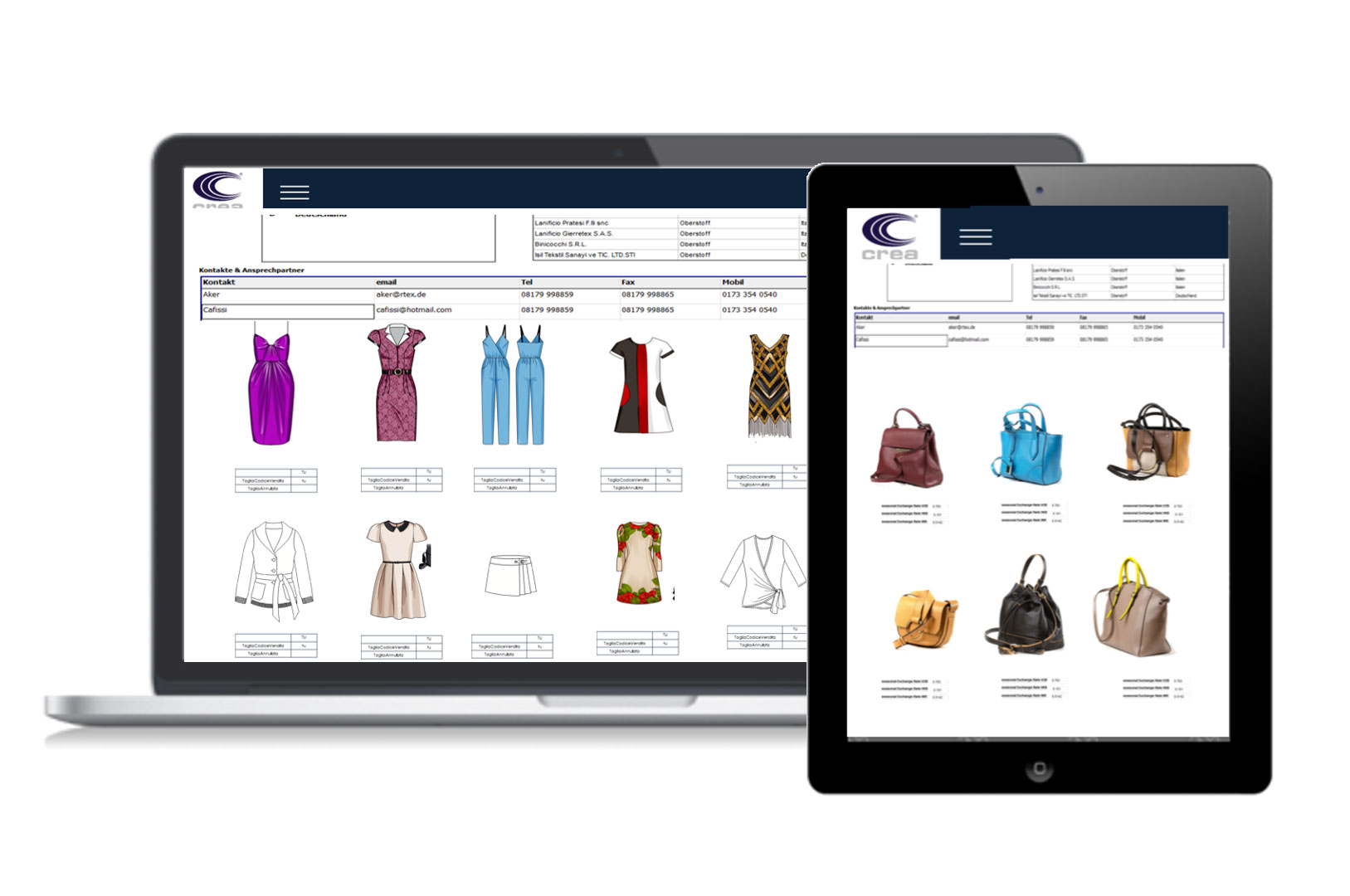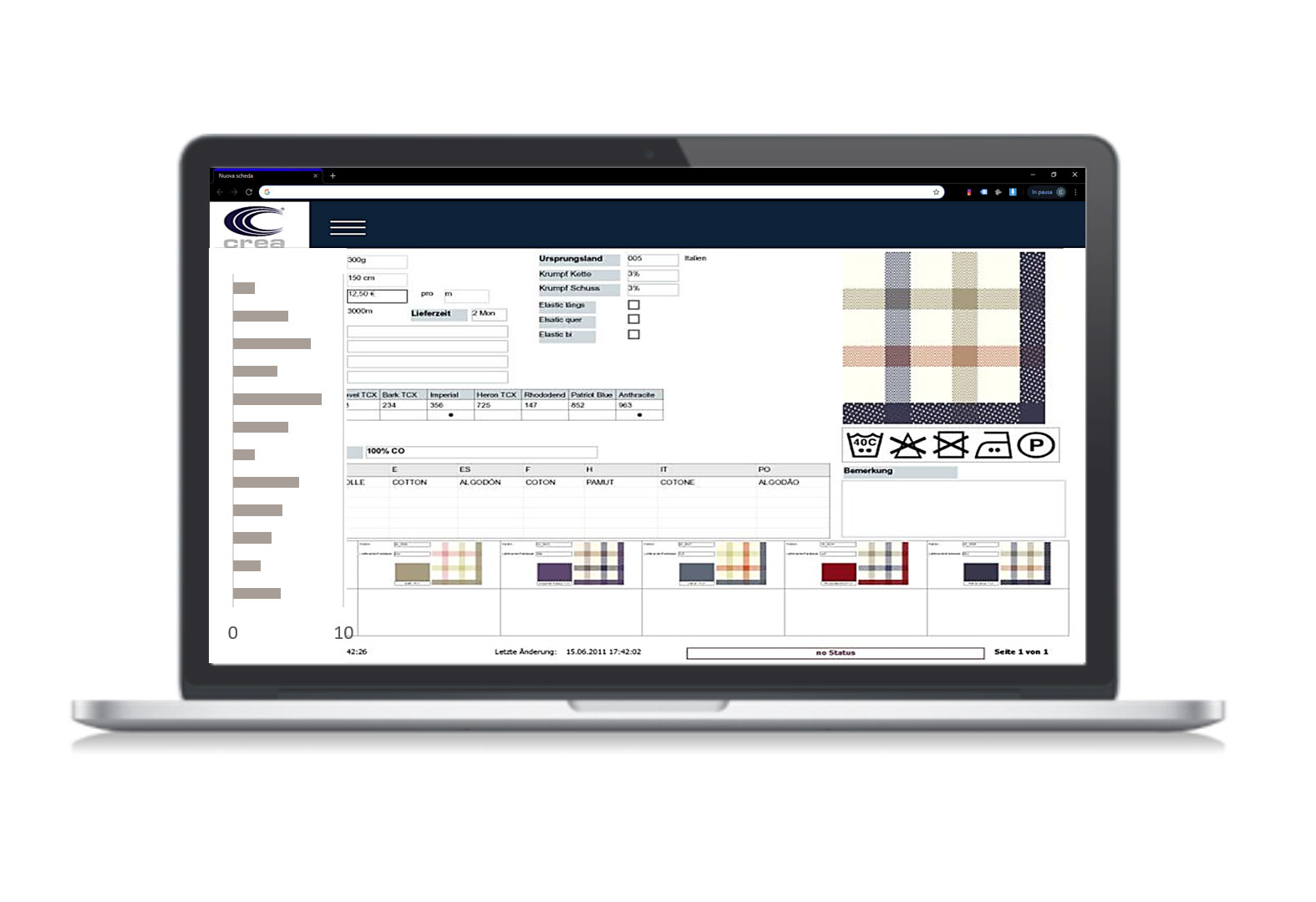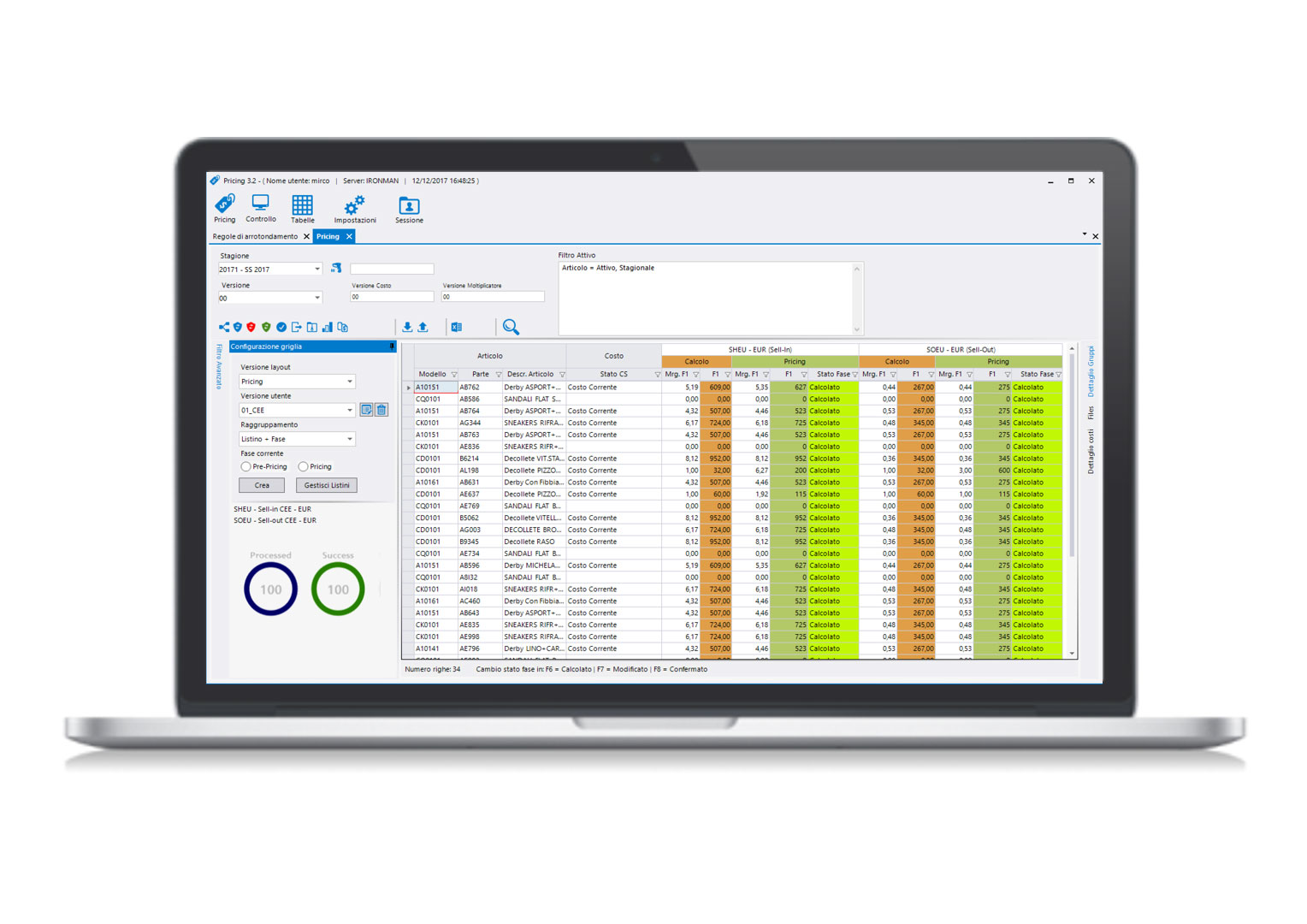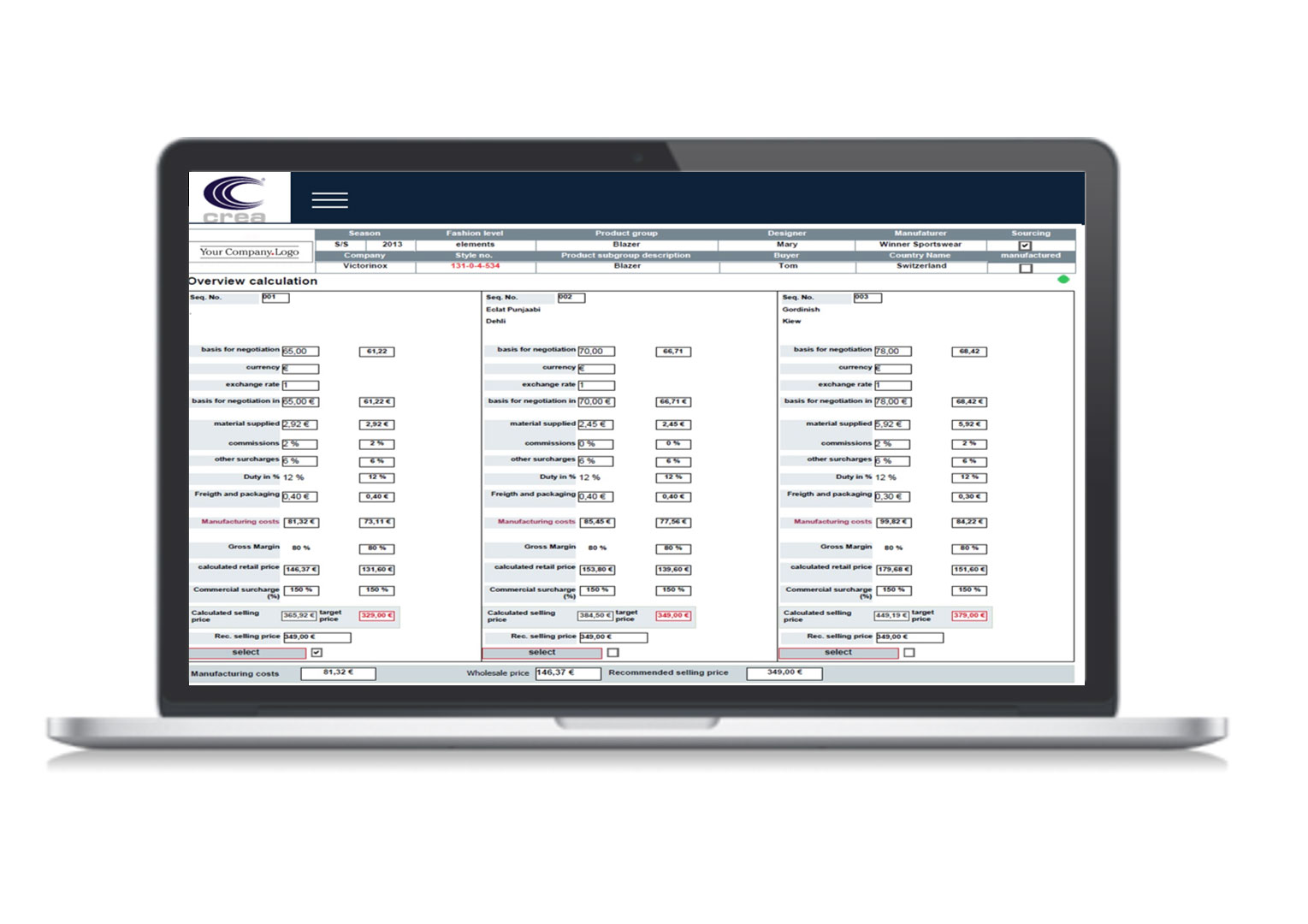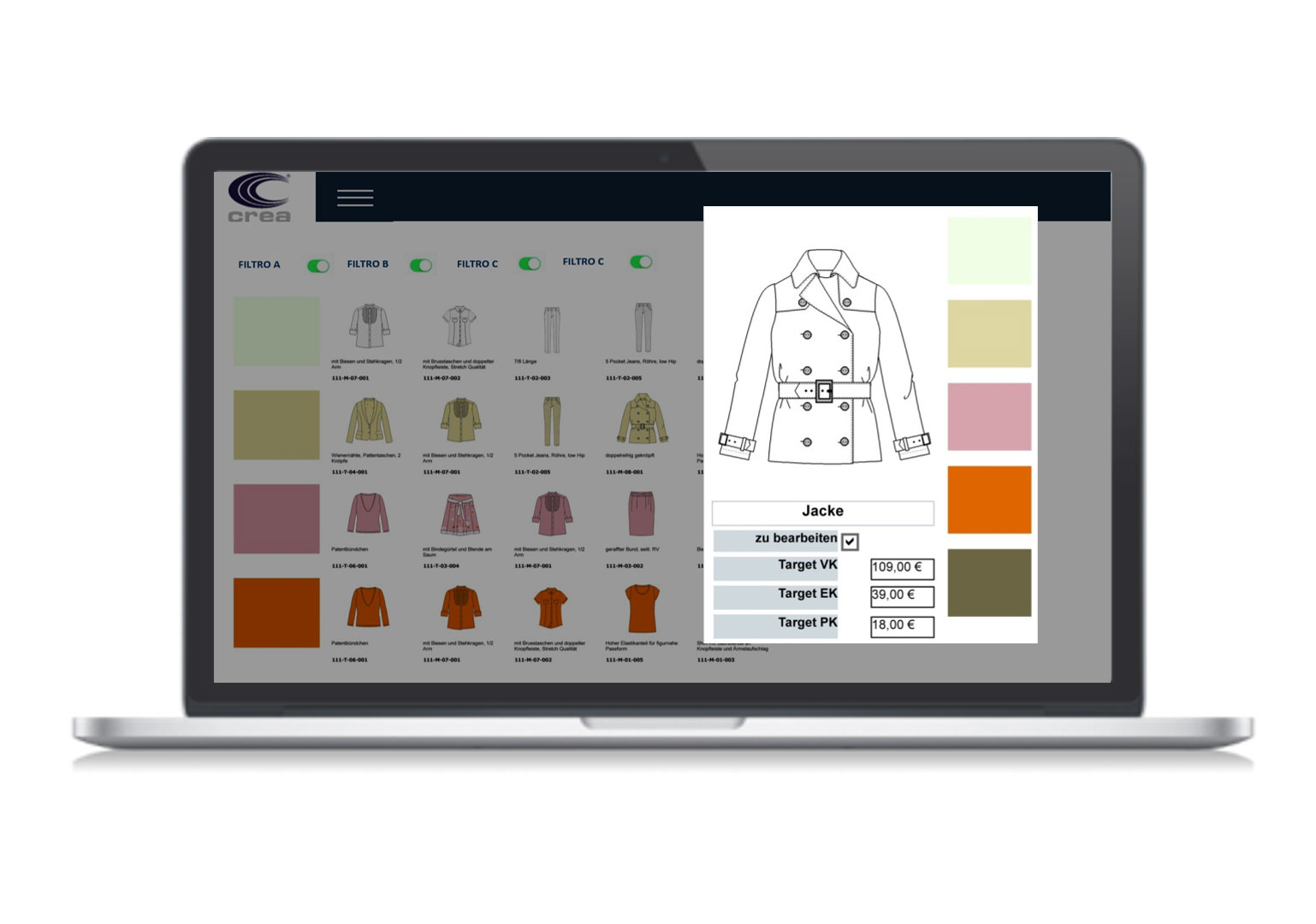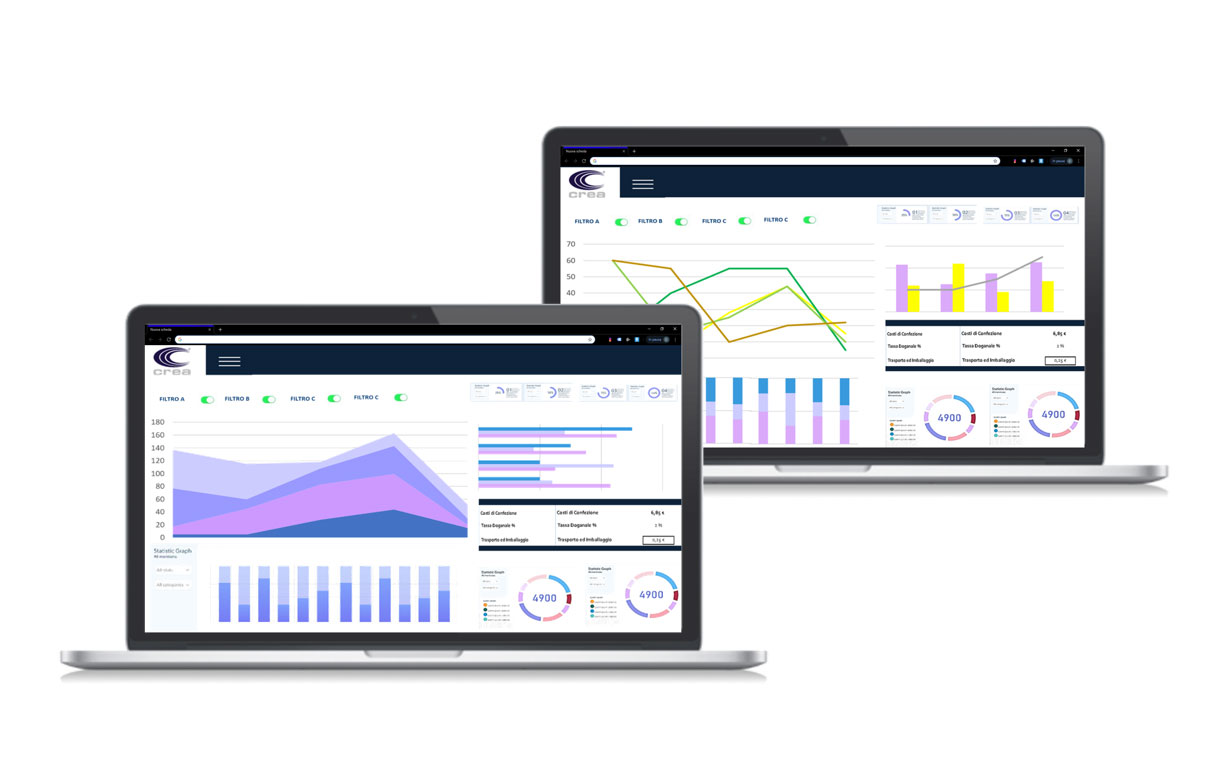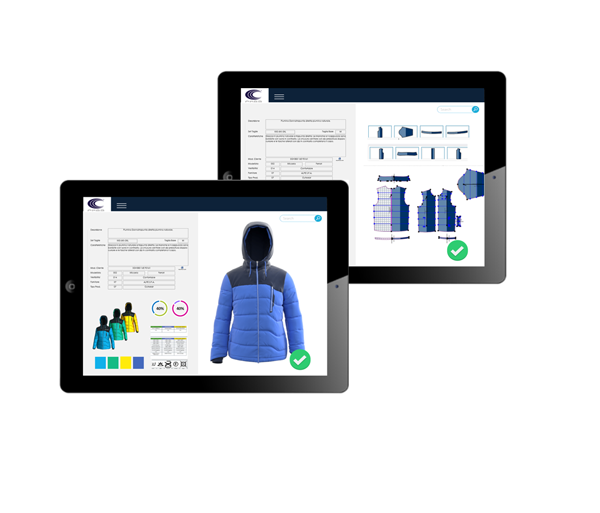5 Reasons why the integration between CAD and PLM will improve your workflow
Managing patterns, samples, nestings and consumption means having to trace a huge amount of information between different business areas. Communication must be fluid, streamlined and automated to the maximum in order to accelerate time to market and manage the entire workflow without human errors.
In most cases, in order for the consumption of a particular pattern to be inserted into the datasheet, the operators in charge of markers examine the data and pass the information manually (via e-mail, by telephone, through messages, excel sheets) to the production office so that it is always inserted manually in the BOM coupled to the right fabric.

This is just an example information dispersion and time dilation that can lead to the lack of interconnection between CAD and PLM Software. Relying on Excel documents, paper sheets, emails stored locally on the workstations of the various players in the production chain is no longer an efficient method, this is the reason why apparel companies must insert PLM Software (Product Lifecycle Management) within the their processes: to have a unique environment where all the data are collected without redundancies in order to make them always available in real time.
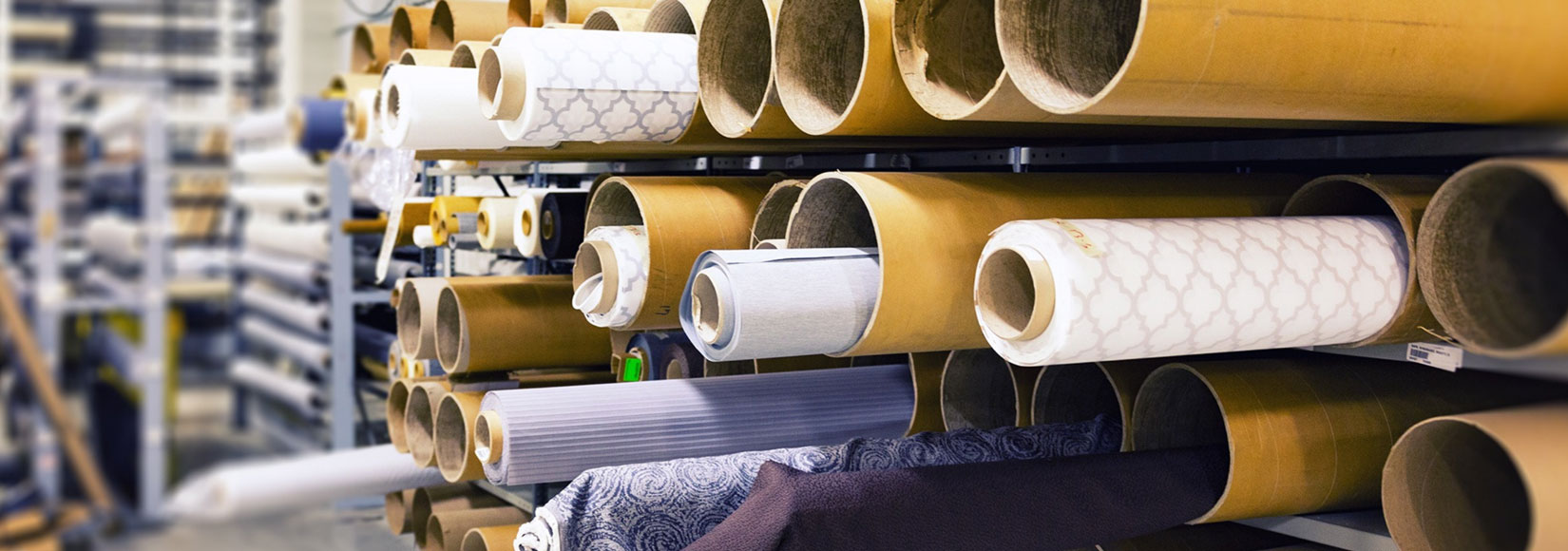
Here are 5 reasons why the integration between CAD and PLM improves everyday the workflows of clothing companies:
1. Fabric consumption goes automatically in the bill of materials: through the integration between CAD and PLM Software it is possible to have the data relating to the consumption of fabric directly into the bill of materials, avoiding the passage of manual information, in a totally automatic manner.
2. Improved communication between departments through the miniatures: it is possible to access the miniatures of the patterns or nesting to immediately recognize the garment or have an overview of the nesting directly in the cutting room. This allows an immediate and visual recognition of the information.
3. Complete size chart and shrinkages of the samples available in the PLM Software: through the integration with the CAD it is possible to have available the size charts, with many measures directly in the PLM Software.
4. Always updated pattern history and registry : accessing the CAD environment directly from the PLM System makes possible to keep track of all the modifications actually made on the pattern, construct parts registries, fabric master data or multiple size charts for product quality controls.
5. Pattern approval with a click: It is also possible to approve or modify the patterns of the collections directly from the PLM System thanks to the integration with the 3D CAD, capture the pictures of the products during the fitting and make an immediate request for the fitting in a few clicks.
It is also possible to approve or modify the patterns of the collections directly from the PLM System thanks to the integration with the 3D CAD, capture the pictures of the products during the fitting and make an immediate request for the fitting in a few clicks.
What to know more about PLM System ? Click here!
